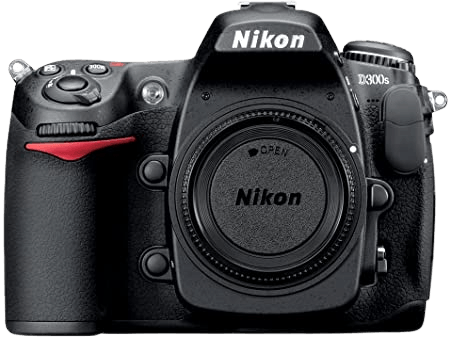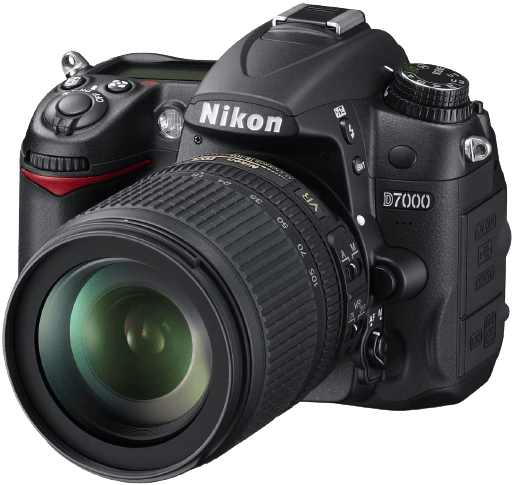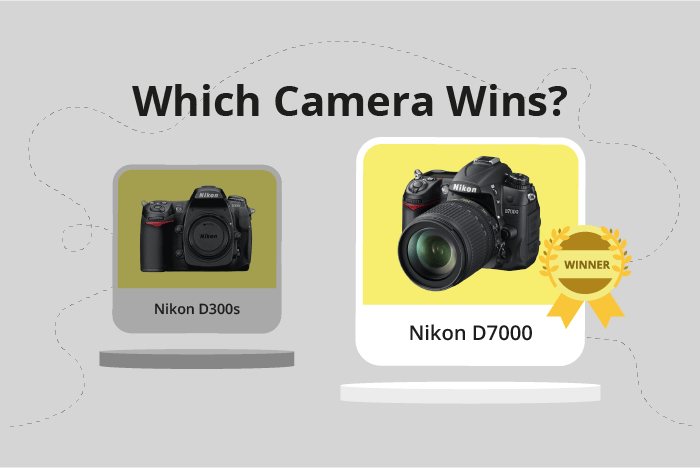Nikon D300s vs D7000 Comparison
Nikon D300s

Nikon D7000

The Nikon D7000 edges out the Nikon D300s in our comparison with a score of 54/100, just one point higher than the D300s’ score of 53/100. Both cameras are DSLR models, released in 2010 and 2009 respectively. They have similar specifications, but there are a few key differences that set them apart.
Common between the two cameras are their DSLR nature and their announcement dates being only a year apart. The D7000 has a smaller body, measuring 132 x 105 x 77mm and weighing 780g, making it more compact and lightweight compared to the D300s at 147 x 114 x 74mm and 938g. Additionally, the D7000 was launched at a lower price of $1200, while the D300s was priced at $1815.
The D300s, despite its larger size and higher launch price, does not offer any significant advantages over the D7000. This makes the Nikon D7000 the better choice, given its compact size, lighter weight, and more affordable price.
Nikon D300s vs D7000 Overview and Optics
The Nikon D7000 wins in the optics comparison with a score of 55/100, while the Nikon D300s scores 50/100. Both cameras share some similar specifications, such as the CMOS sensor type, APS-C sensor size, Nikon F lens mount, and the lack of image stabilization.
The D7000 is better in terms of megapixels and sensor performance. With 16.2 megapixels, it captures more detail than the 12.3-megapixel D300s. Additionally, the D7000’s Expeed 2 processor enhances image processing capabilities, resulting in better overall image quality. The D7000 also boasts a higher DXOMARK score of 80 for its sensor, compared to the D300s’ score of 70. This difference indicates improved low-light performance and dynamic range in the D7000.
The D300s has an advantage in shooting speed, capturing 7 frames per second (fps) compared to the D7000’s 6 fps. This makes the D300s slightly more suitable for action photography or capturing fast-moving subjects. However, the difference in shooting speed is minimal and may not be a significant factor for most users.
Considering the optics comparison, the Nikon D7000 is the better choice due to its higher megapixel count, improved processor, and superior sensor performance. While the D300s has a slight edge in shooting speed, the overall benefits of the D7000’s optics outweigh this advantage. Therefore, the Nikon D7000 is the recommended choice for those prioritizing image quality and sensor performance.
Nikon D300s vs D7000 Video Performance
When it comes to video capabilities, the Nikon D300s does not offer any video functionality. This is a significant difference between the two cameras, as the Nikon D7000 provides video recording features.
The Nikon D7000 has a video score of 57 out of 100. With a maximum video resolution of Full HD and dimensions of 1920 x 1080, the D7000 delivers quality video recording. The camera also offers a maximum video frame rate of 24fps, which allows for smooth video capture. Additionally, the D7000 includes built-in time-lapse functionality, providing users with creative options for their video content.
Considering the video capabilities, the Nikon D7000 clearly outperforms the Nikon D300s, which lacks any video functionality. This difference may be crucial for users who require video recording features in their camera. The D7000’s video capabilities, including Full HD resolution, 24fps frame rate, and time-lapse functionality, make it a more versatile option for photographers interested in capturing both still images and quality video content.
Nikon D300s vs D7000 Features and Benefits
The Nikon D7000 wins in the features comparison with a score of 57/100, while the Nikon D300s scores 54/100. Both cameras share several specifications, including a 3-inch screen size, no touchscreen, no flip screen, no GPS, and no Bluetooth. However, there are differences that set the D7000 apart from the D300s.
The D7000 has a slightly higher screen resolution of 921,000 dots, compared to the D300s’ 920,000 dots. This difference provides a marginally better display quality on the D7000. Additionally, the D7000 has built-in WiFi, allowing for easier sharing and transfer of photos, which the D300s lacks.
On the other hand, the D300s does not have any specific advantages over the D7000 in terms of features. Both cameras have the same screen size, no touchscreen, no flip screen, no GPS, and no Bluetooth, making them relatively similar in their offerings.
Considering these points, the Nikon D7000 is the better choice for those looking for a camera with superior features. The marginally higher screen resolution and the added convenience of WiFi connectivity make it more attractive than the D300s. While the D300s does not have any unique advantages over the D7000, it still provides a decent set of features for those who may not prioritize WiFi connectivity. Ultimately, the choice between these two cameras will depend on the user’s specific needs and preferences.
Nikon D300s vs D7000 Storage and Battery
The Nikon D300s outperforms the Nikon D7000 in storage and battery with a score of 76/100, while the D7000 scores 45/100. Both cameras share similar specs, accepting SD and SDHC memory cards, lacking USB charging, and using different battery types: the D300s uses the EN-EL3e battery, while the D7000 uses the EN-EL15 battery.
The D300s boasts two memory card slots, providing more storage options and flexibility, and accepts Compact Flash cards in addition to SD and SDHC cards. This versatility gives the D300s an edge over the D7000, which has only one memory card slot and does not accept Compact Flash cards.
In contrast, the D7000 has a longer battery life, delivering 1050 shots compared to the D300s’ 950 shots. This advantage can be beneficial for photographers who require extended shooting time without the need for frequent battery changes.
Taking these factors into consideration, the Nikon D300s proves to be superior in terms of storage options and flexibility, while the Nikon D7000 offers better battery life for prolonged shooting sessions.
Nikon D300s vs D7000 – Our Verdict
Are you still undecided about which camera is right for you? Have a look at these popular comparisons that feature the Nikon D300s or the Nikon D7000:

